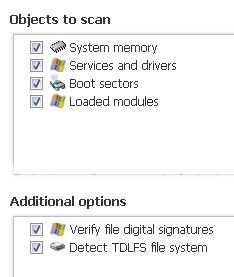I have a hostage virus issue.
I have been locked out of my computer so I went online with another pc and made a hitman pro kickstart USB drive and started the infected pc.
I choose option 1 and the pc loads and then I choose to start windows normally as if I choose safe mode with networking the pc just shut down.
Anyways the pc loads up a command prompt box loads and then the virus screen and then the hitman pro programme I choose to run it and install it and I click next but then the programme just says
'no internet connection'
I would be hugely grateful if anyone can help me, this is the first site I have joined so I am more the willing to just listen to the one person and give as much info as possible.
I tried to add this thread but it says I have to answer the question about the OTL LOG and aswMBR LOG first so I have checked them but I have not provided a log.
I have been locked out of my computer so I went online with another pc and made a hitman pro kickstart USB drive and started the infected pc.
I choose option 1 and the pc loads and then I choose to start windows normally as if I choose safe mode with networking the pc just shut down.
Anyways the pc loads up a command prompt box loads and then the virus screen and then the hitman pro programme I choose to run it and install it and I click next but then the programme just says
'no internet connection'
I would be hugely grateful if anyone can help me, this is the first site I have joined so I am more the willing to just listen to the one person and give as much info as possible.
I tried to add this thread but it says I have to answer the question about the OTL LOG and aswMBR LOG first so I have checked them but I have not provided a log.
